Drug Discovery Chemist
Gary Scott is now a Drug Supply Manager, but he used to work in Drug Discovery. Drug Discovery Chemists identify compounds that look like promising candidates for research.
Drug Discovery Chemists look to identify new chemical structures against either known or novel biological targets (typically enzymes). This can be done in a variety of ways through searching chemical databases, or physically screening libraries of chemicals against the biological target to find molecules that with development could potentially be used to treat disease.
“I was involved with a programme that provided additional compounds into a library of chemical compounds that was being used for screening against novel biological targets,” Gary says. This means that the Drug Discovery Chemists look for candidate molecules that might block sites in enzymes identified as being critical to the disease. By successfully stopping the enzyme working with the molecule it is possible to stop the disease progressing or even cure it completely.
After screening, Drug Discovery Chemists test the molecules they find to determine whether their structures are “druggable”, or easily made into medicines. If so, Suzanne says these candidate molecules, “…tend to be worked on and taken forward into further research and development.” The candidate molecules will undergo a complex series of further tests and modifications in attempt to design out toxicity and improve the potency and efficacy of the drug.
After the original molecule (the lead), identified by the discovery chemist, has been through an iterative process of structural modification and biological testing meets the targets of safety, potency and efficacy set for the project, it will become a clinical candidate. This is the start of a new development process. “If you’re very lucky and successful, then you get to the point where you can select a clinical candidate,” he says. These are the molecules that go into experimental medicines that are tested in Clinical Trials.
